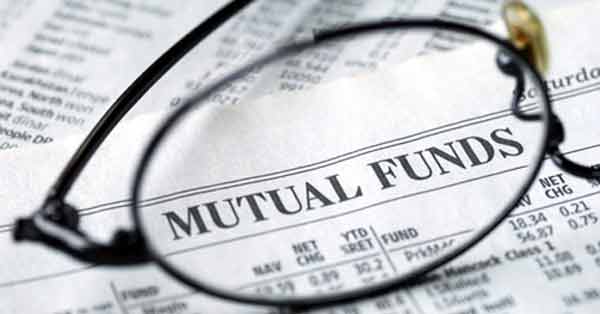
In a broad-based bear market, only a handful of stocks will be spared from the carnage.
Investors can sell everything and go to cash, but it is still possible to profit during the downturn with the appropriate ownership of mutual funds meeting that objective, reports the Investopedia.
In a bear market or a painful correction, astute investors in these mutual funds will find a refuge from the storm and a greater chance of substantial profits.
GRIZZLY SHORT FUND
The Grizzly Short Fund is managed by Leuthold Weeden Capital Management LLC and has a sterling record of profiting when the stock market falls.
In the 2008 bear market, the fund returned 73 per cent, far better than the broad market's vicious decline.
Portfolio managers utilize a short-only version of the firm's long stock technique focused on meticulous industry and sector selection.
In 2016 through January 19, the fund returned over 15 per cent as the broad market was enmeshed in a waterfall decline that may be the onset of the first bear market since 2008.
The Grizzly Short Fund is suitable for investors who are hoping to profit from a market decline or who are interested in hedging core long positions that won't be sold due to tax considerations.
However, stock markets spend more time uptrending in bull phases, and bear markets tend to be infrequent and short-lived.
Since this mutual fund is mandated to be 100 per cent net short, investors will experience negative performance over the long term if the fund is held through bull and bear market cycles.
In a bear phase, fund investors with short-term profit objectives should be ready to sell and take gains before the market begins a new upward trend.
In 2015, the Grizzly Short Fund received a Lipper Award as the best dedicated short-bias fund over the last 10 years.
Expenses for dedicated short funds tend to be high, but this mutual fund's expense ratio of 1.6 per cent is below the industry average of 1.9 per cent.
There are no front-end sales charges or other fees.
RYDEX INVERSE S&P 500 STRATEGY FUND
The Rydex Inverse S&P 500 Strategy Fund attempts to provide a return that is the inverse of the performance of the S&P 500 Index.
The fund engages in short sales of stocks in the S&P 500, and it utilizes derivatives including futures and options to replicate the inverse return of the S&P 500 as closely as possible.
Through mid-January 2016, the fund returned about 12 per cent, closely matching its inverse benchmark.
As with any fund that plays the bear side of the stock market, investors lose money if they buy and hold this fund.
The objective should be to profit from the market decline, get out and ride the next bull phase higher in long positions, unless there are tax considerations and long-term hedging requirements for a portfolio.
This fund attempts to provide only the inverse of the S&P 500 return in contrast to leveraged funds that try to deliver an inverse return that doubles or even triples that return.
These funds may hit their benchmark objective on a daily basis, but over time, this is unlikely due to the mathematics of compounding.
The daily compounding problem is exacerbated with volatile markets.
There are numerous examples of leveraged funds losing more than they should be gaining, and vice versa, during these periods.
The message to investors is to avoid leveraged funds.
The Rydex Inverse S&P 500 Strategy Fund's expenses are reasonable at 1.4 per cent, and there are no sales charges or 12b-1 fees.
The fund returned 41 per cent in 2008.
VANGUARD MARKET NEUTRAL FUND
The Vanguard Market Neutral Fund look for gains while limiting overall stock market risk.
A combination of long and short positions tries to keep volatility as low as possible while achieving positive portfolio returns through all market conditions, whether the stock market is in a bull or a bear phase.
This differs from the Grizzly Short Fund and the Rydex Inverse S&P 500 Strategy Fund that incur losses during bull markets.
The Vanguard Market Neutral Fund produced a return of 6 per cent year to date (YTD) through mid-January 2016, a 5 per cent annual compound rate of return over the last five years and 2 per cent over the past 10 years.
These funds are not expected to beat stock market averages. The objective is to produce reasonably positive returns over the long-term benchmarked to the Citigroup 3-Month US T-Bill Index.
In 2008, during the brutal financial collapse when the broad market experienced huge losses, the Vanguard Market Neutral Fund lost 8 per cent.
The fund gained almost 13 per cent at the top of the bull market in 2007.
The internal expense ratio is 1.6 per cent, higher than usual for a Vanguard product, due to the nature of the fund.
There are no upfront sales charges or 12b-1 fees.
With a 1.8 per cent dividend yield, this fund is a good fit for investors who are searching for returns that consistently beat bond returns with limited downside.
BBN/SK/AD